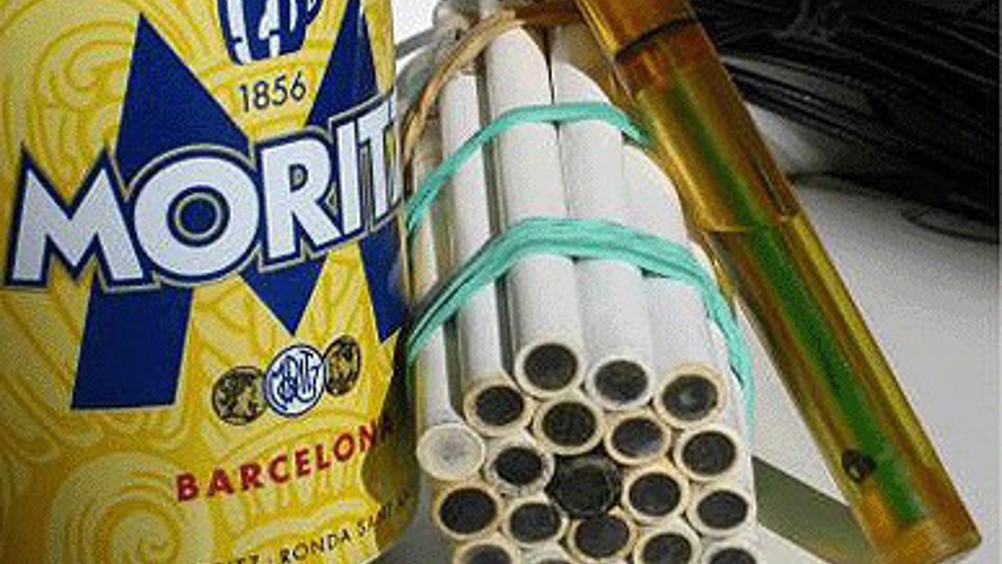Electronic tongue has a taste for beer
Robots could be given a sense of taste following the development of a sensor array that distinguishes between varieties of beer.

Developed by a team at the Autonomous University of Barcelona, the sensor - described as an electronic tongue - is claimed to have 82 per cent accuracy. The work is detailed in Food Chemistry.
‘The concept of the electronic tongue consists in using a generic array of sensors, in other words with generic response to the various chemical compounds involved, which generate a varied spectrum of information with advanced tools for processing, pattern recognition and even artificial neural networks,’ said Manel del Valle, the main author of the study
The array was formed with 21 ion-selective electrodes combining cationic/anionic sensors, and others with generic response.
Responses were evaluated using two different pattern recognition methods: principal component analysis, which allowed identifying some initial patterns, and linear discriminant analysis in order to achieve the correct recognition of sample varieties.
‘Using more powerful tools – supervised learning – and linear discriminant analysis did enable us to distinguish between the main categories of beer we studied: Schwarzbier, lager, double malt, Pilsen, Alsatian and low-alcohol…with a success rate of 81.9 per cent,’ Del Valle said in a statement.
Register now to continue reading
Thanks for visiting The Engineer. You’ve now reached your monthly limit of news stories. Register for free to unlock unlimited access to all of our news coverage, as well as premium content including opinion, in-depth features and special reports.
Benefits of registering
-
In-depth insights and coverage of key emerging trends
-
Unrestricted access to special reports throughout the year
-
Daily technology news delivered straight to your inbox










UK Enters ‘Golden Age of Nuclear’
Apologies if this is a duplicate post - a glitch appears to have removed the first one: > While I welcome the announcement of this project, I note...